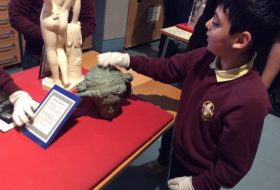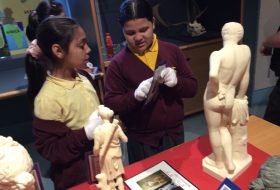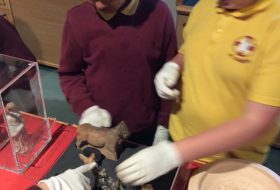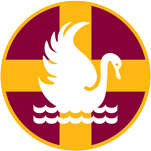CURRICULUM
History
History Curriculum Statement
At St Hugh’s, we aim to inspire children’s curiosity to know more about the past. They will gain a coherent knowledge of how ancient civilisations have shaped the world and examine significant events and eras in British history. Children will also study local history in a range of topics from Noel Chavasse, a hero of WWI to Kitty Wilkinson who helped fight the cholera epidemic in Victorian Liverpool.
Each topic begins with an enquiry question to get children thinking and to focus their ability to think critically, weigh the evidence and develop perspective and judgement. Learning is enriched through visits and trips that give children first-hand experience of historical artefacts. We help children to understand that historical events can be interpreted in different ways. We believe this will help children to understand our diverse world, the complexity of people’s lives and their own identity and challenges of the time they live in.
In Key Stage 1 children will develop an awareness of the past. They will learn about significant individuals such as Emilia Earhart and Neil Armstrong. Children will also learn about significant people in Liverpool such as the toymaker Frank Hornby. They will study changes within living memory as well as events beyond living memory that are nationally or globally significant such as The Great Fire of London. They will understand some of the ways that we find out about the past.
In Key Stage 2 children will continue to develop a chronologically secure understanding of British, local and world history. They will make connections between the development of the earliest civilisations and later periods in history. Children will look at how crime and punishment in Britain has evolved over time from tribal law to an organised national justice system. They will also learn to understand how our knowledge of the past is constructed from a range of different sources.
Children’s progress will be evaluated based on the enquiry questions for each topic and a variety of assessments as well as their responses to classroom discussions.
Black History Month
– Reception found out about the footballer Trent Alexander-Arnold.
– Year 1 studied Mary Seacole – a nurse and businesswoman.
– Year 2 studied Pablo Fanque – the first black circus owner in Britain.
– Year 3 studied Wangari Maathi – an environmentalist.
– Year 4 studied Katherine Johnson – a mathematician who worked at NASA.
– Year 5 studied Martin Luther King – leader of the American civil rights movement.
– Year 6 studied the Windrush generation.
It was a privilege to learn about the significant work these individuals did to improve lives both in the past and present.
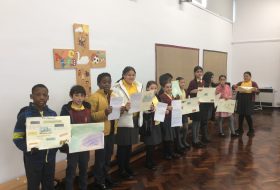
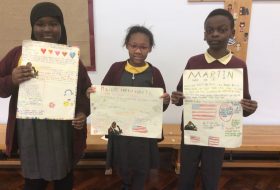
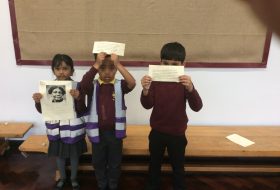
Year 4
As part of our local history unit, we visited the Williamson Tunnels. We had a great time exploring the tunnels, discussing why Joseph Williamson might have had them built and discovering historical artifacts that have been uncovered there.
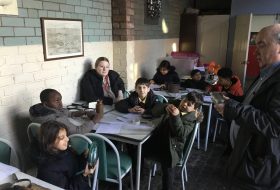
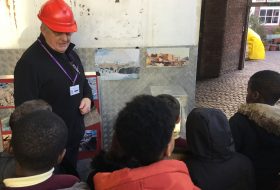
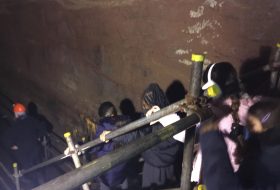
Year 5
We took part in a workshop organised by the International Slavery Museum in Liverpool. We learned about the Transatlantic Slave Trade and Liverpool’s role in it. We then researched and created posters about slavery today and modern day figures who campaign against it.
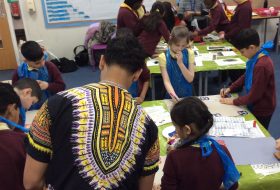
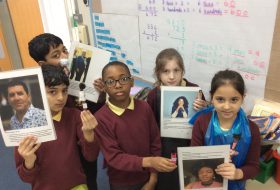
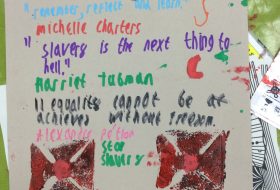
Year 5
We went to the Liverpool World Museum, where we had the chance to examine a fascinating collection of Ancient Greek artifacts, including pottery, sculptures, and everyday items that offered a glimpse into ancient Greek life and culture. Afterward, we visited the Walker Art Gallery, where we were told about Greek myths and legends. Surrounded by beautiful paintings, we listened to stories that brought the art to life.
